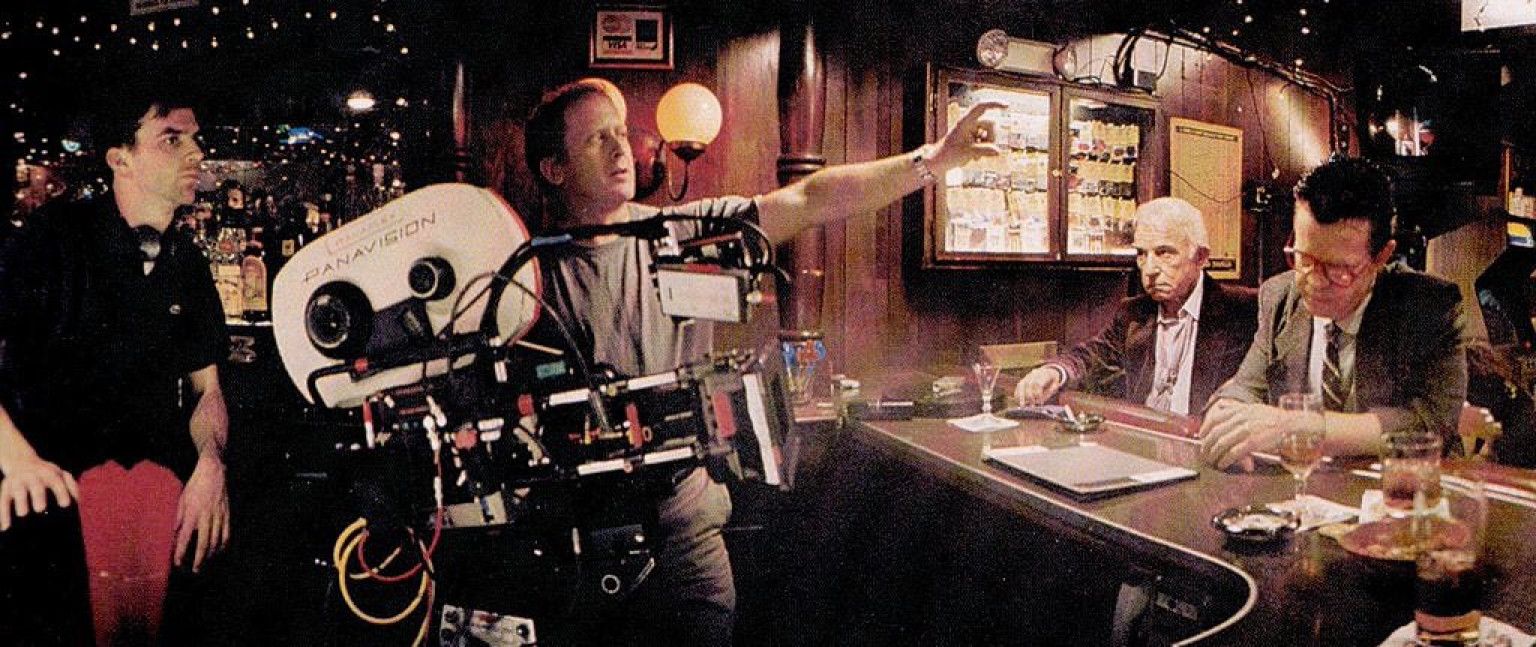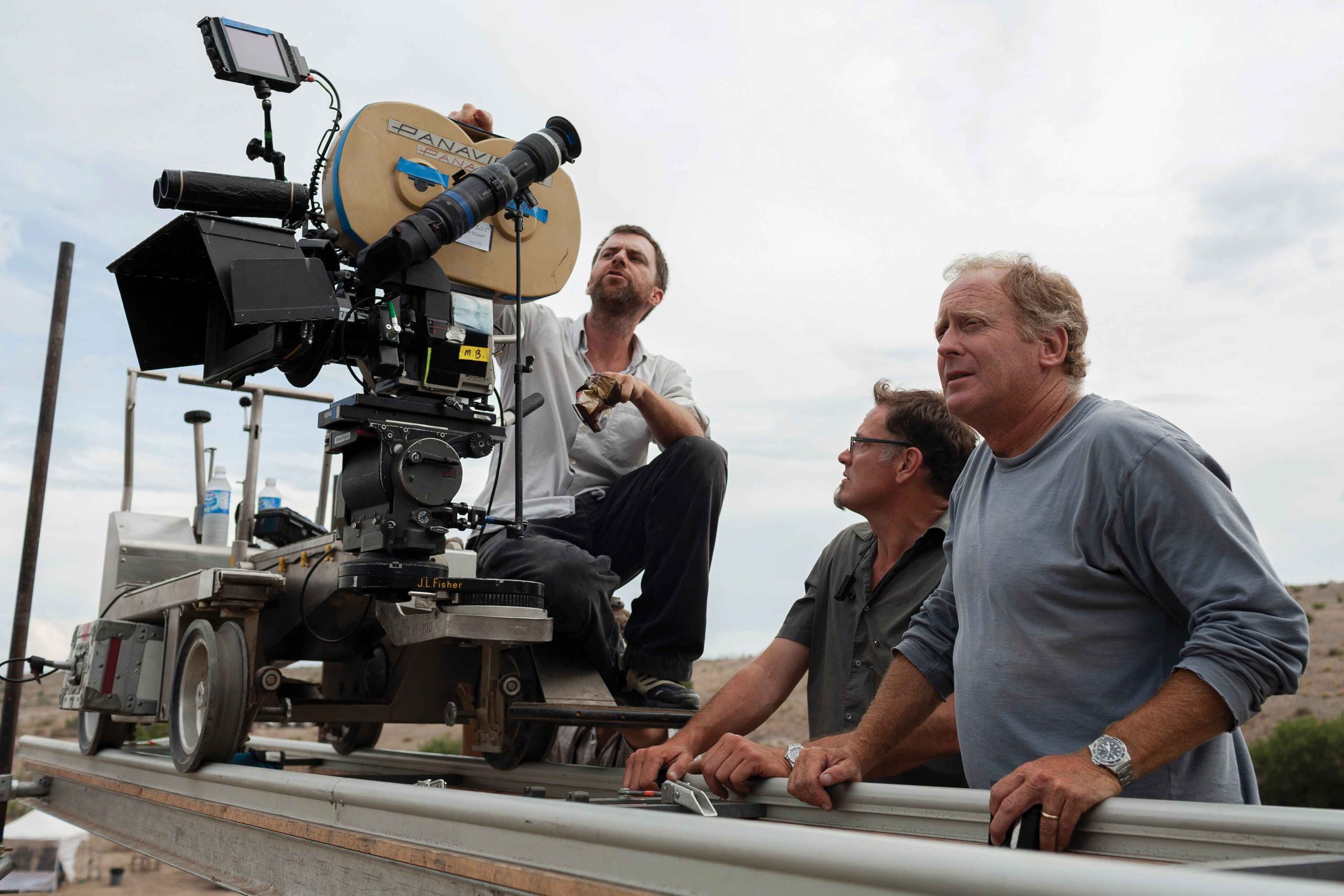Cigarettes & Coffee
Paul Thomas Anderson is one of the most distinctive and influential filmmakers of his generation. Since his breakthrough with Boogie Nights (1997), Anderson has consistently redefined the boundaries of American cinema, exploring complex characters, intricate narratives, and deep emotional undercurrents. Known for his meticulous craftsmanship, Anderson blends elements of psychological depth, social commentary, and cinematic audacity, often crafting sweeping portraits of American society with a sense of both grandeur and intimacy.
![]()
His work, frequently compared to that of auteurs like Stanley Kubrick and Robert Altman, has spanned a diverse range of genres, from the ensemble drama of Magnolia (1999) to the sweeping historical epic of There Will Be Blood (2007). However, it is his ability to marry emotional resonance with formal inventiveness that has made his work so distinctive. He often pushes his actors to intense performances, while his camera movements—whether through lingering close-ups or extended tracking shots—seem to serve as emotional extensions of his characters. His visual style, paired with haunting soundtracks (often featuring composer Jonny Greenwood), creates a sense of unease and beauty in equal measure.
![]()
In 1993, Paul Thomas Anderson directed Cigarettes & Coffee, a short film that would offer a glimpse into the narrative and stylistic traits he would refine throughout his career. The 24-minute piece revolves around the seemingly mundane lives of its characters, set in a diner in the early hours of the morning. Through this simple setting, Anderson explores themes of coincidence, fate, and human connection, building tension from the everyday.
The film is structured around several overlapping storylines, showcasing the way lives can intersect in unexpected ways. As various patrons, each dealing with their own struggles, converge at the diner, Anderson slowly weaves together a web of personal conflicts and revelations. The film’s fragmented narrative echoes his later work in Magnolia, where disparate lives intertwine under the influence of fate. In Cigarettes & Coffee, Anderson demonstrates an early mastery of pacing, employing subtle character development to reveal deeper emotional truths beneath the surface of casual conversation and fleeting moments.
In essence, Cigarettes & Coffee is both a window into the evolution of Paul Thomas Anderson’s artistic voice and an evocative meditation on the complexities of human relationships—an intimate, imperfect glimpse into the lives of people whose intersections speak to something larger than themselves.
![]()

His work, frequently compared to that of auteurs like Stanley Kubrick and Robert Altman, has spanned a diverse range of genres, from the ensemble drama of Magnolia (1999) to the sweeping historical epic of There Will Be Blood (2007). However, it is his ability to marry emotional resonance with formal inventiveness that has made his work so distinctive. He often pushes his actors to intense performances, while his camera movements—whether through lingering close-ups or extended tracking shots—seem to serve as emotional extensions of his characters. His visual style, paired with haunting soundtracks (often featuring composer Jonny Greenwood), creates a sense of unease and beauty in equal measure.

In 1993, Paul Thomas Anderson directed Cigarettes & Coffee, a short film that would offer a glimpse into the narrative and stylistic traits he would refine throughout his career. The 24-minute piece revolves around the seemingly mundane lives of its characters, set in a diner in the early hours of the morning. Through this simple setting, Anderson explores themes of coincidence, fate, and human connection, building tension from the everyday.
The film is structured around several overlapping storylines, showcasing the way lives can intersect in unexpected ways. As various patrons, each dealing with their own struggles, converge at the diner, Anderson slowly weaves together a web of personal conflicts and revelations. The film’s fragmented narrative echoes his later work in Magnolia, where disparate lives intertwine under the influence of fate. In Cigarettes & Coffee, Anderson demonstrates an early mastery of pacing, employing subtle character development to reveal deeper emotional truths beneath the surface of casual conversation and fleeting moments.
In essence, Cigarettes & Coffee is both a window into the evolution of Paul Thomas Anderson’s artistic voice and an evocative meditation on the complexities of human relationships—an intimate, imperfect glimpse into the lives of people whose intersections speak to something larger than themselves.


